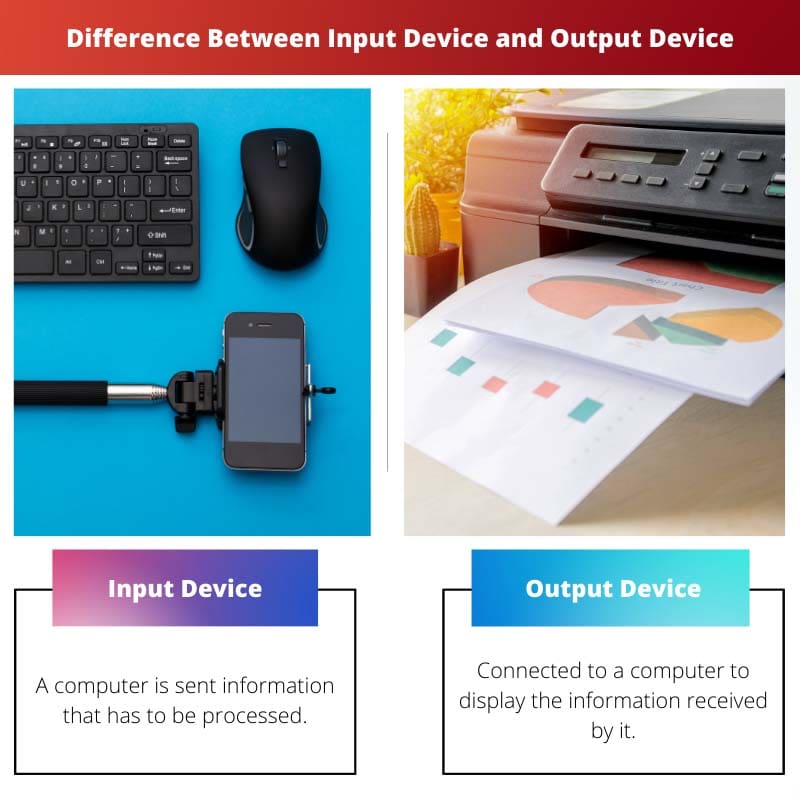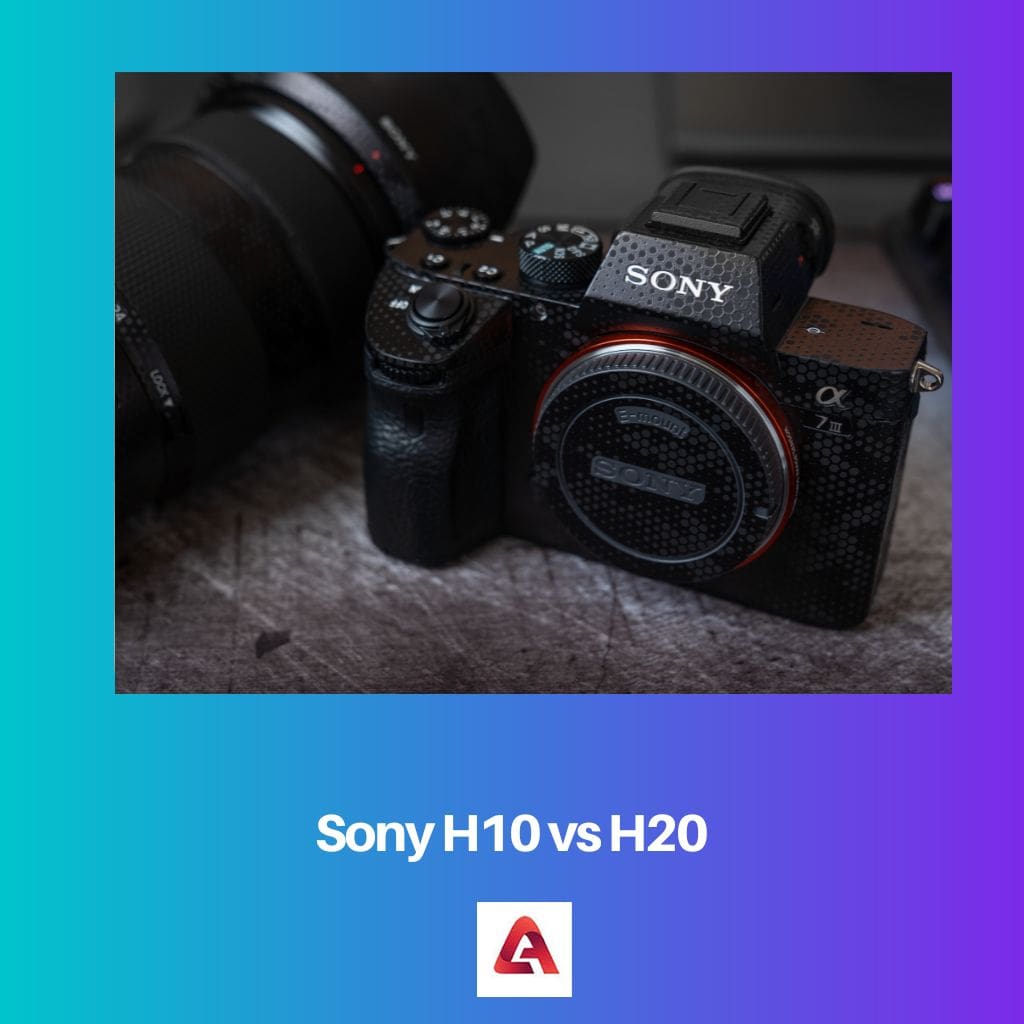In today’s tech world, no one does not-not know the difference between input and output devices. However, a deeper meaning exists beneath the basic definition of the terms input and output devices.
As the name suggests, the terms input and output refer to devices that can give or accept information from a media device.
Key Takeaways
- Input devices, such as keyboards and mice, allow users to enter data into a computer, while output devices, like monitors and printers, display or produce the processed data.
- Input devices convert human actions into digital signals, while output devices translate digital signals into a form perceivable by humans.
- Combining input and output devices enables efficient interaction between users and computers, enhancing productivity and user experience.
Input Device vs Output Device
Input devices are designed to allow users to interact with a computer system by providing data or instructions and are used to provide information or instructions to a computer system. Output devices are intended to convey information or results from a computer system generated to users.
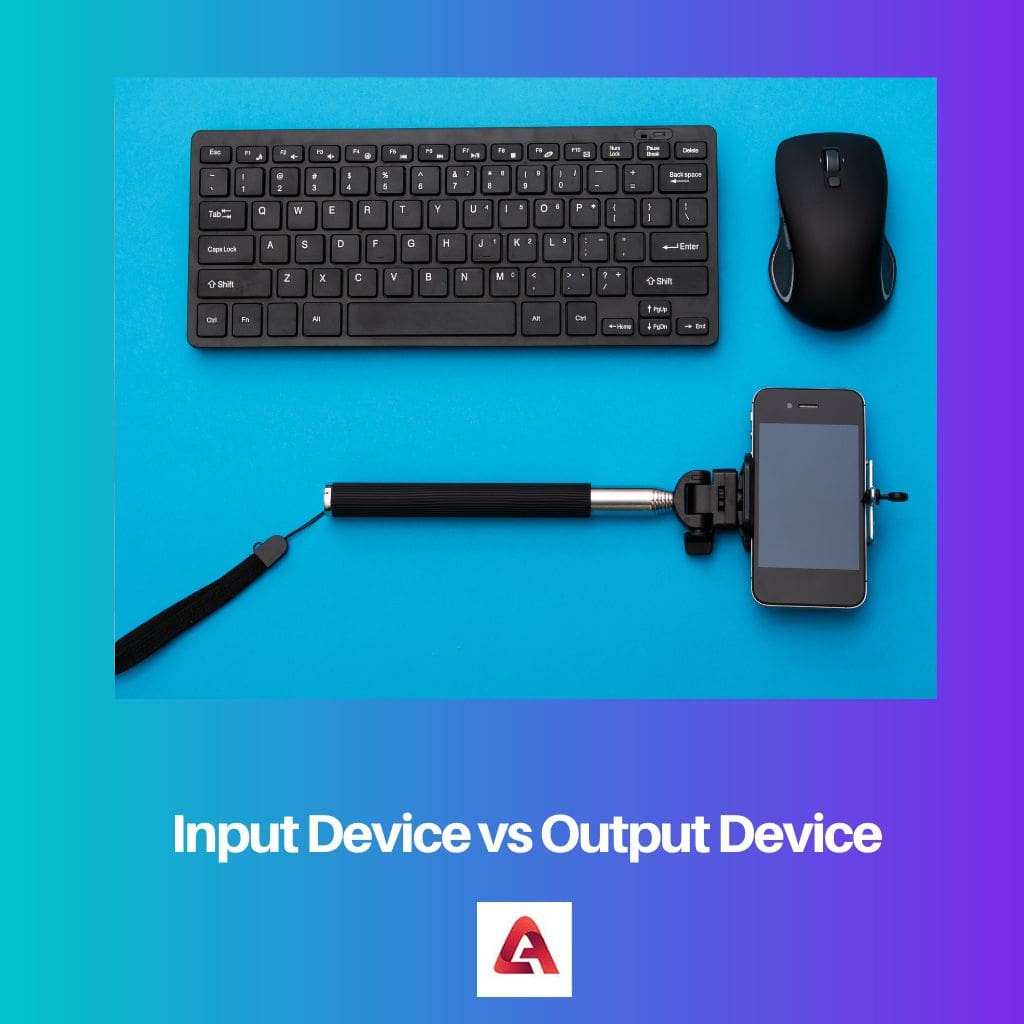
Input device refers to any device that acquires and receives external data into a computer or any other electronic device. This data is then decoded into a pattern of binary codes that the device reads and interprets.
The data that is obtained from the user is later filed away to be interpreted or processed so that the result can be displayed/executed.
Output device refers to any device that showcases the obtained information to its users. It can be considered as the mirror image of an input device.
The processed data that is initially received by the device from a processor are analyzed, interpreted, and sent back to the user in a way that can be understood.
Comparison Table
| Parameters of Comparison | Input Device | Output Device |
|---|---|---|
| Definition | A computer is sent information that has to be processed. | Connected to a computer to display the information received by it. |
| Control | The information sent is regulated by the user in the input device. | The received data is controlled by the processor in the output device. |
| Interpretation | Input device decodes the data provided by the user to data understood by the machine. | Output devices change the internal data to be user intelligible. |
| Purpose | Helps device in accepting external data. | Helps device in displaying internal data. |
| Complexity | Input devices are more complex. | Output devices are less complex. |
What is an Input Device?
Any device that acquires and receives external data into a computer or any other electronic device is termed as an input device.
The name itself suggests what input devices refer to. They take in the data provided to the device and observe/analyze the received input.
This data is then decoded into a pattern of binary codes that the device reads and interprets. The data that is obtained from the user is later filed away to be interpreted or processed so that the result can be displayed/executed.
The information sent is regulated by the user in the input device; therefore, any raw input that is fed into the device can be monitored by the user in accordance with his or her preference.
The input device decodes the data provided by the user to data understood by the machine. This is important in order for the information to be run through and processed in a way that can be useful.
Devices used in the input play a vital role in helping computers in accepting external data into the system.
Devices used for input are made to be connected to a computer or any other device and send information to the device, as mentioned above.
Examples of devices used for input include a microphone, a keypad, a joystick, image scanners, and similar devices.
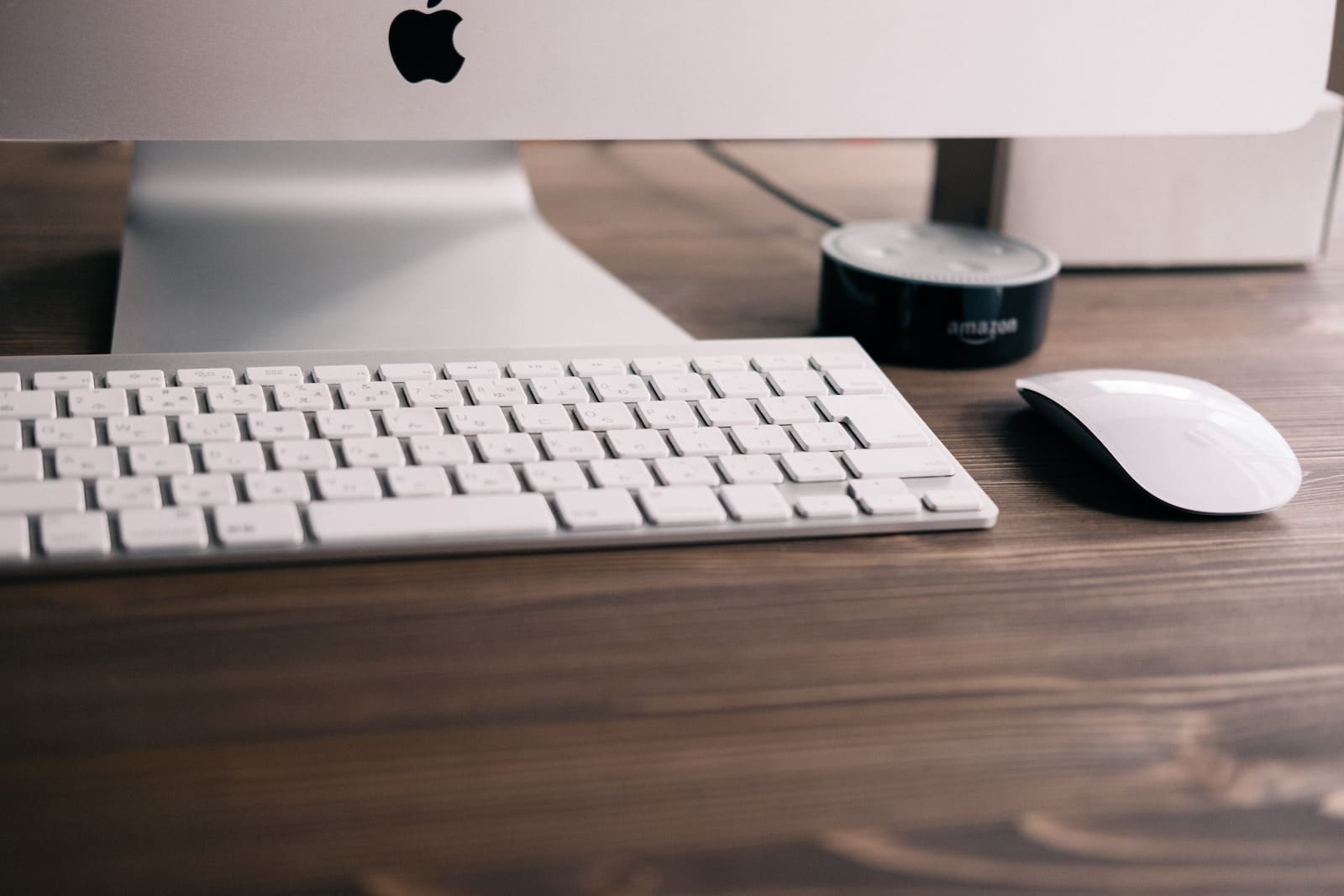
What is an Output Device?
Any device that showcases the obtained information to its users. It can be called a mirror image of the input device owing to the functions performed is termed as an output device.
The term output device by itself suggests the use and function it is meant for. Devices used for output are connected to a computer, and information is sent via that channel.
The received data is controlled by the processor in the output device.
The processed data that is initially received by the device from a processor are analyzed, interpreted, and sent back to the user in a way that can be understood.
It helps in showcasing the processed content to the user.
They are tasked with the responsibility of changing, altering, and eventually showcasing the analyzed output into data that the user can view.
This process is mainly used in helping or assisting the device in displaying internal data.
Output devices are designed in a much lesser complex way.
The processes in an output device belong to a component that is expected to convert the information received in a binary code or digitized signals into a manner that the user can see, hear, and understand.
Known as the opposite of devices used for input, output devices can also be utilized to send information from one computer system to another.
Monitors and printers can be considered as examples of devices used in showing output.
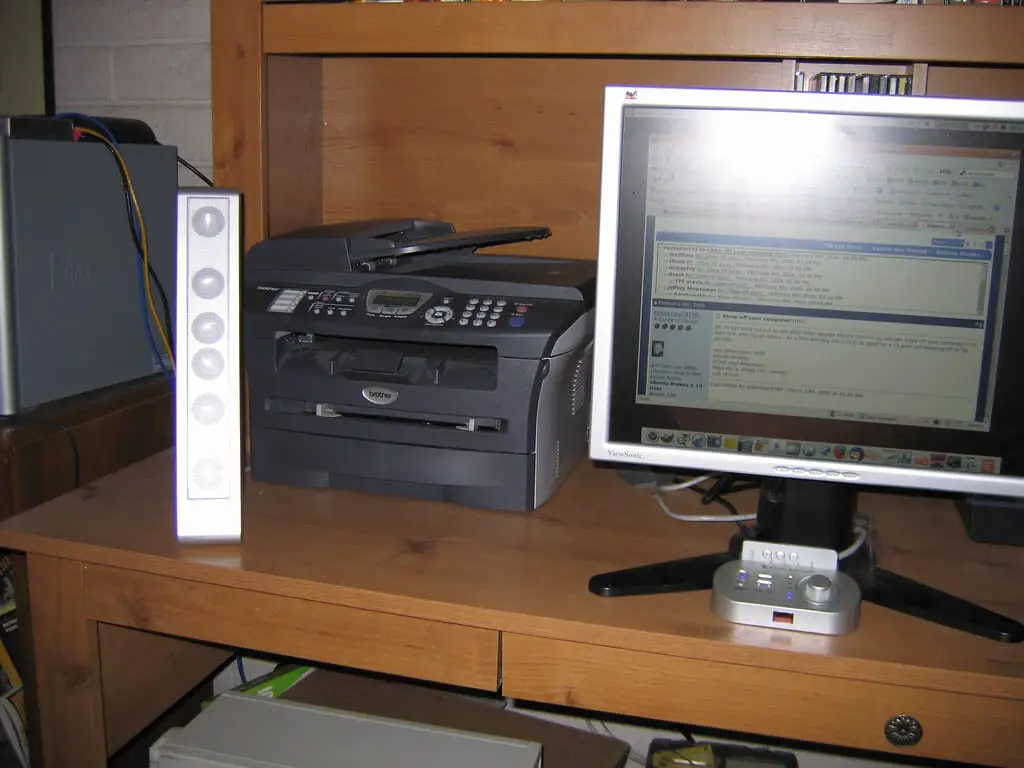
Main Differences Between Input Device and Output Device
- The computer is sent information that has to be processed in the device meant for input. Whereas an output device is connected to a computer to display the information received by it.
- The information sent is regulated by the user in the input device. The received data is controlled by the processor in the output device.
- The input device decodes the data provided by the user to data understood by the machine. Devices used in output devices change the internal data to be user intelligible.
- The purpose of input and output devices is to help devices in accepting external data and displaying internal data, respectively.
- Input devices are more complex, and output is less complex.
